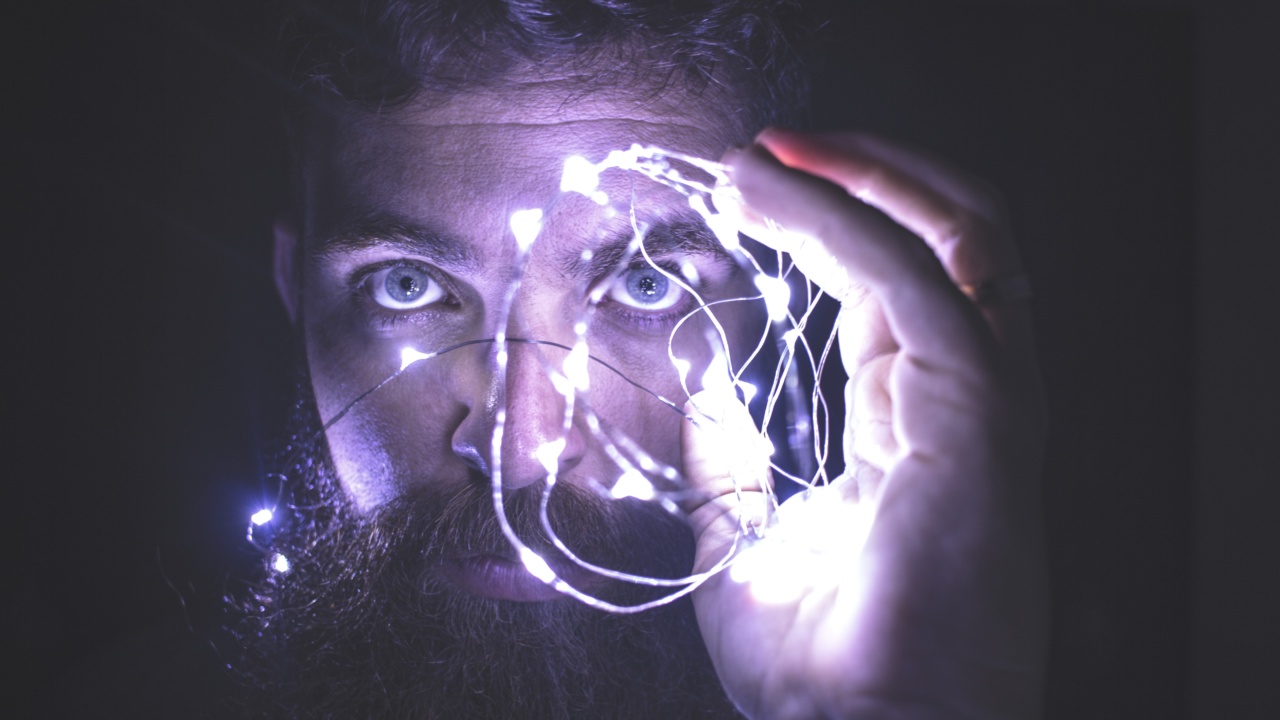Dogs have been mankind’s closest companions for over 30,000 years. They have been working alongside us, sharing our homes, and providing us with love and companionship.
We have studied their behavior and anatomy, and we know that the canine brain is different from the human brain in many ways.
1. Brain size and structure
The brain size and structure of dogs are different from humans. A dog’s brain is one-tenth the size of a human’s brain. Dogs have a simpler cerebral cortex than humans.
Their cortex is also less densely packed, leading to less surface area for neurons to connect and communicate with one another. However, a dog’s brain has the same basic structures as a human’s brain, such as the cerebellum, the medulla, and the hippocampus.
2. Olfactory senses
Dogs have a highly sensitive sense of smell that is much greater than that of humans. The part of the brain responsible for processing smell, the olfactory bulb, is 40 times larger in dogs than in humans.
This makes dogs great at detecting and tracking scents, which is why they are used in tasks such as search and rescue, drug and bomb detection, and tracking.
3. Vision
Dogs rely more on their sense of smell and hearing than their vision, which is not as sharp as humans. Dogs have fewer color receptors in their eyes, so they see fewer colors than humans do.
They also have a wider field of view than humans, allowing them to see more of their surroundings at once. However, their visual acuity is not as good as humans, so they rely on other senses to navigate the world.
4. Social cognition
Dogs are highly social animals and have developed the ability to understand human social cues and communicate with their owners. Dogs have a different area of the brain dedicated to social cognition than humans do.
This allows them to recognize human facial expressions, emotions, and social cues. Dogs have also evolved to respond to human pointing gestures, which is something that chimpanzees, our closest living relatives, cannot do.
5. Language skills
Dogs do not have the ability to use language like humans do, but they have developed an impressive level of communication with humans. They can understand many human words and commands, and are able to follow complex instructions.
Dogs are also adept at communicating with their owners through vocalizations, body language, and scent marking.
6. Problem-solving skills
Dogs have a different problem-solving strategy than humans. While humans use logic and reasoning to solve problems, dogs rely more on trial-and-error learning and social learning.
Dogs are able to learn from watching other dogs and humans, which is why they are used in tasks such as herding and hunting. They are also able to figure out how to open doors, solve puzzles, and navigate mazes through trial-and-error learning.
7. Memory
Dogs have a better short-term memory than humans, but their long-term memory is not as good. They have a strong associative memory, which means they can remember a specific event or experience and associate it with a certain smell, sound, or location.
However, their long-term memory is limited, and they may not remember things that happened to them a year ago.
8. Emotions
Dogs have emotions similar to humans, such as happiness, sadness, fear, and anger. They display these emotions through vocalizations, body language, and facial expressions.
Dogs are also able to empathize with their owners and can sense when they are upset or in distress. However, dogs do not experience complex emotions such as guilt or shame, which are thought to be unique to humans.
9. Sleep
Dogs have a different sleep cycle than humans. They are polyphasic sleepers, which means they sleep in multiple short periods throughout the day and night. Dogs also have a lower sleep requirement than humans, and need only 12-14 hours of sleep per day.
However, their sleep is important for their physical and mental health, and lack of sleep can lead to behavioral problems such as anxiety and aggression.
10. Personality and individuality
Just like humans, every dog is unique and has their own personality and individuality. Dogs have different temperaments, preferences, and quirks that make them special.
While some dogs may be more outgoing and social, others may be more independent and reserved. This individuality is influenced by a variety of factors, such as genetics, environment, and life experiences.
Conclusion
In summary, dogs have a different brain structure and function than humans. They have a stronger sense of smell, fewer color receptors in their eyes, and different problem-solving and communication skills than humans.
Despite these differences, dogs have developed an unparalleled level of companionship and communication with humans, making them one of our closest and most beloved animal companions.






























